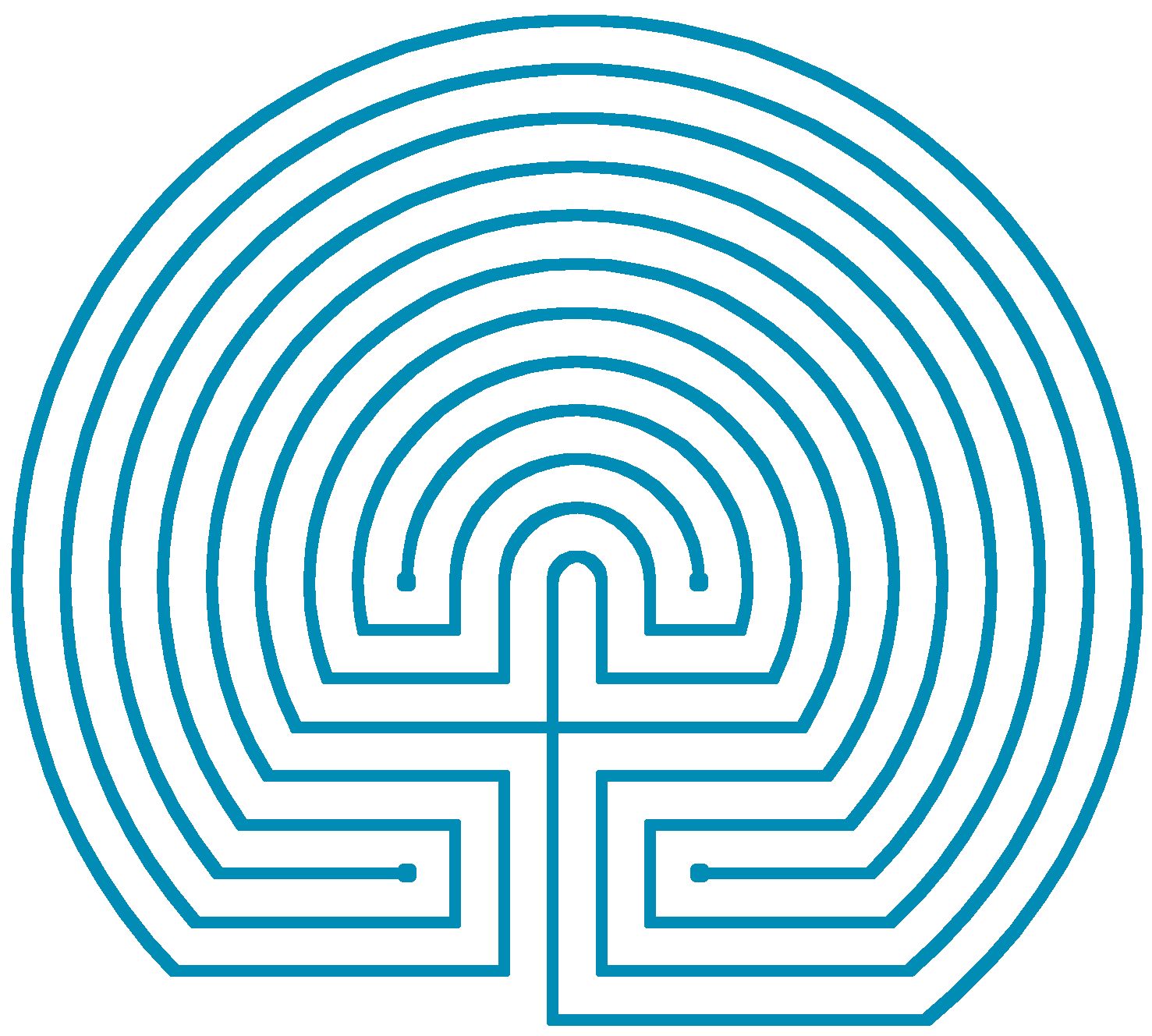As our awareness of labyrinths expands, it becomes more and more important to keep our terminology consistent. One example of an inconsistency is that some call the Classical seven-circuit labyrinth the Cretan labyrinth. With this in mind, Jeff Saward and Sig Lonegren — with help from Alex Champion, Robert Ferré, Adrian Fisher, John Kraft and many others — have worked together over the years to create a classification of labyrinths. Thus began an ongoing dialogue with the goal of providing clarity for a working labyrinth typology. The classification system used for the World-Wide Labyrinth Locator has been developed by Jeff Saward, based on the labyrinth typology section of his 2003 book Labyrinths & Mazes.

If you are uncertain which type of labyrinth you have or are searching for, or even if you think you are sure, you may wish to read the following pages in this section of the website, and also read or download a PDF document, supplied by Jeff Saward from the Labyrinthos website, that explores the typology of labyrinths and mazes in more detail. Despite the diversity of designs encountered, the vast majority fit easily into just a handful of basic categories, which can be further sub-divided to define subtle design variations as well as regional and contextual forms. For ease of use, we have deliberately chosen just five categories (plus an additional category for uncertain examples) to classify the entries in the Labyrinth Locator: Classical, Roman, Medieval, Contemporary and Mazes.
If you are adding a labyrinth to the database please check your labyrinth against these categories before you upload details to ensure that those searching the Labyrinth Locator for particular types of labyrinths will easily and correctly find your example. The following pages will also hopefully prove helpful to those searching this website for particular types of labyrinths, as well as for those seeking to understand the different terminologies encountered in the plethora of books and websites currently available.
© 2004-2024 The Labyrinth Society & Veriditas. All Rights Reserved.
Lorem ipsum dolor sit amet, consectetur adipiscing elit. Ut elit tellus, luctus nec ullamcorper mattis, pulvinar dapibus leo.